If you've ever sat outside on a porch at night in the summer, you've no doubt seen moths come fluttering to the light. Similar to, but not part of the butterfly family, there are thought to be over 250,000 different types of moths. From a photography standpoint, moths can be one of the hardest insects to shoot because they are nocturnal. Shooting time is very limited and either requires the use of a flash or very high ISO. Because of shooting situations, it's not overly common to see high quality macro shots, so enjoy these macro moth photos.
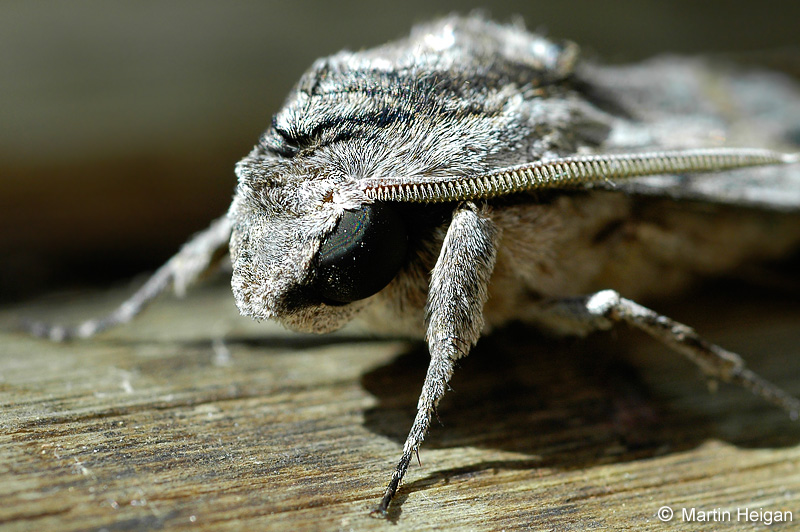
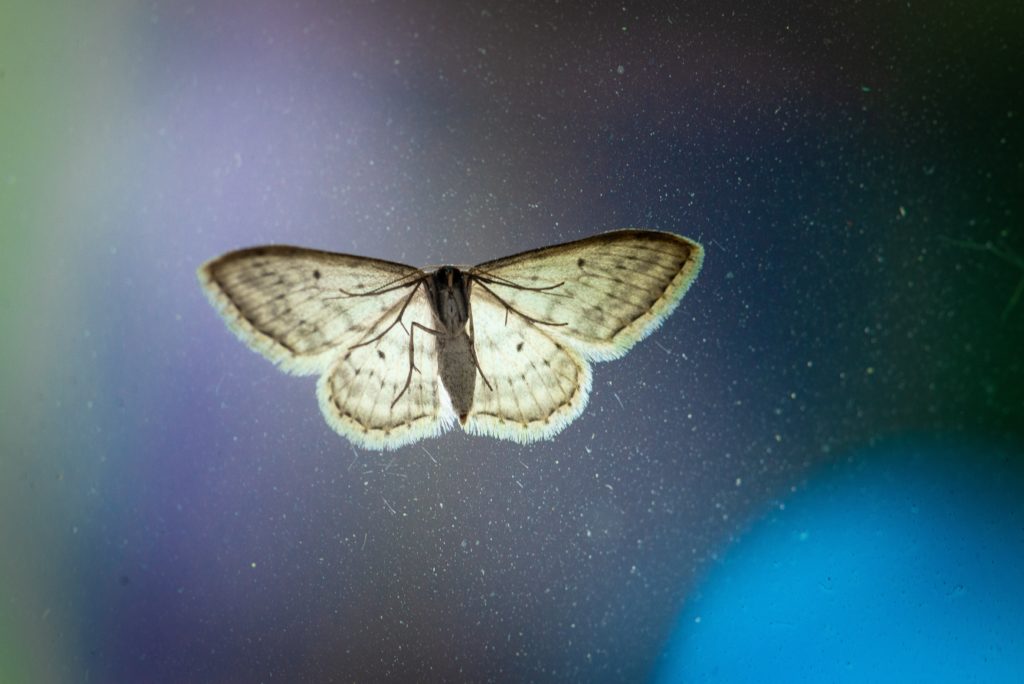
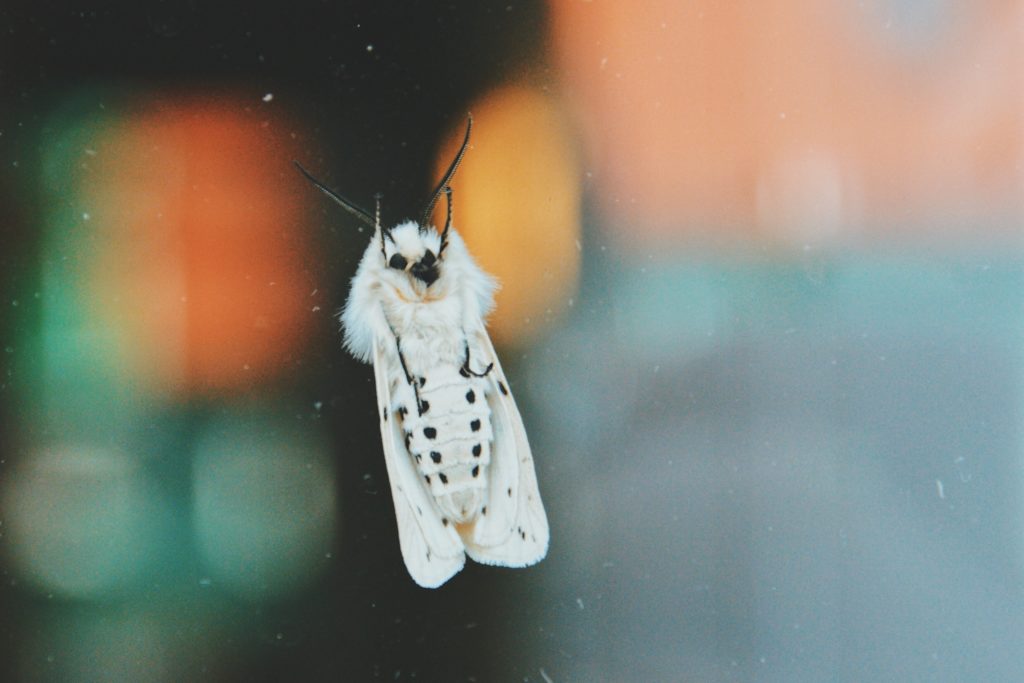

Photo By Richard.Fisher



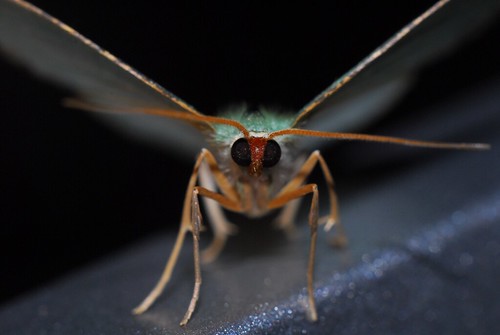

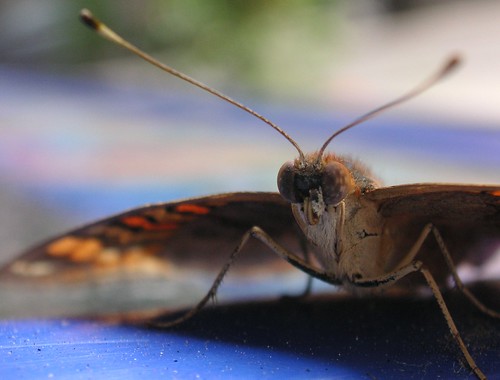
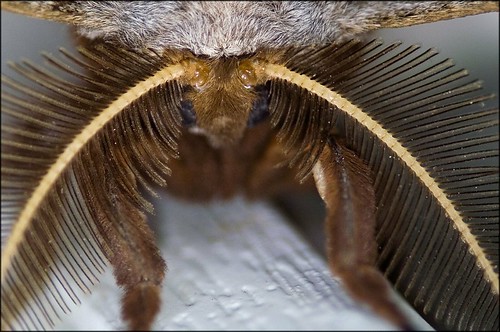
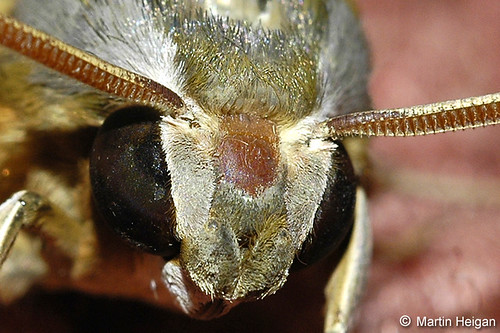
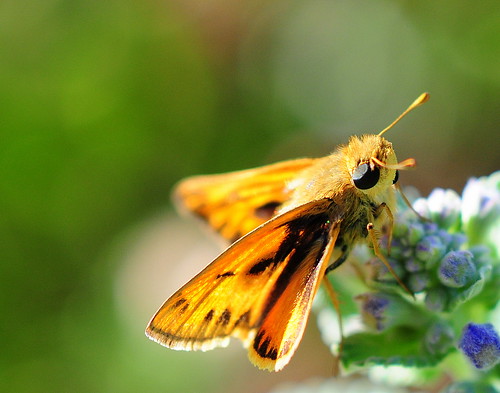
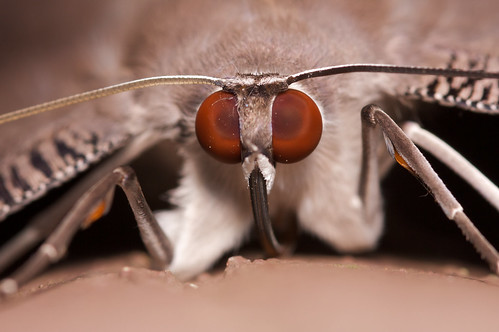

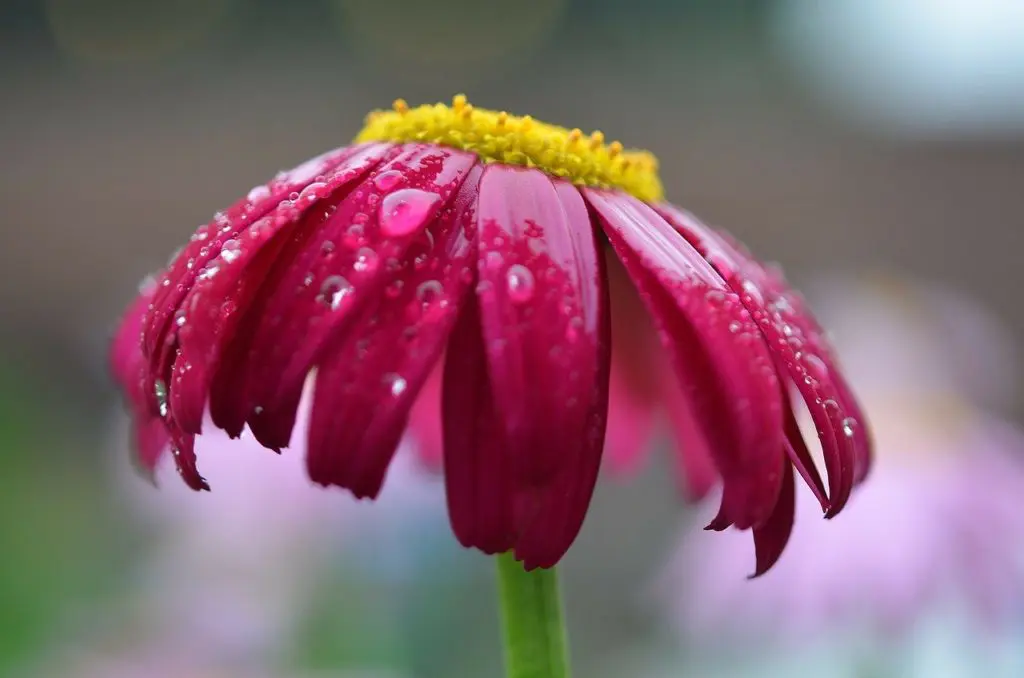
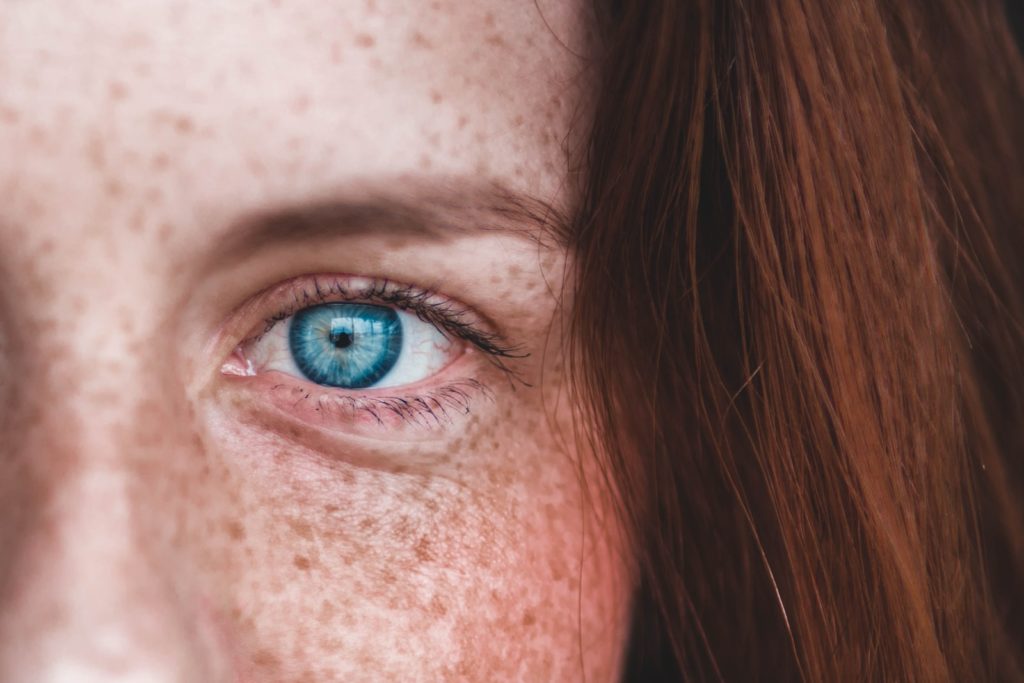
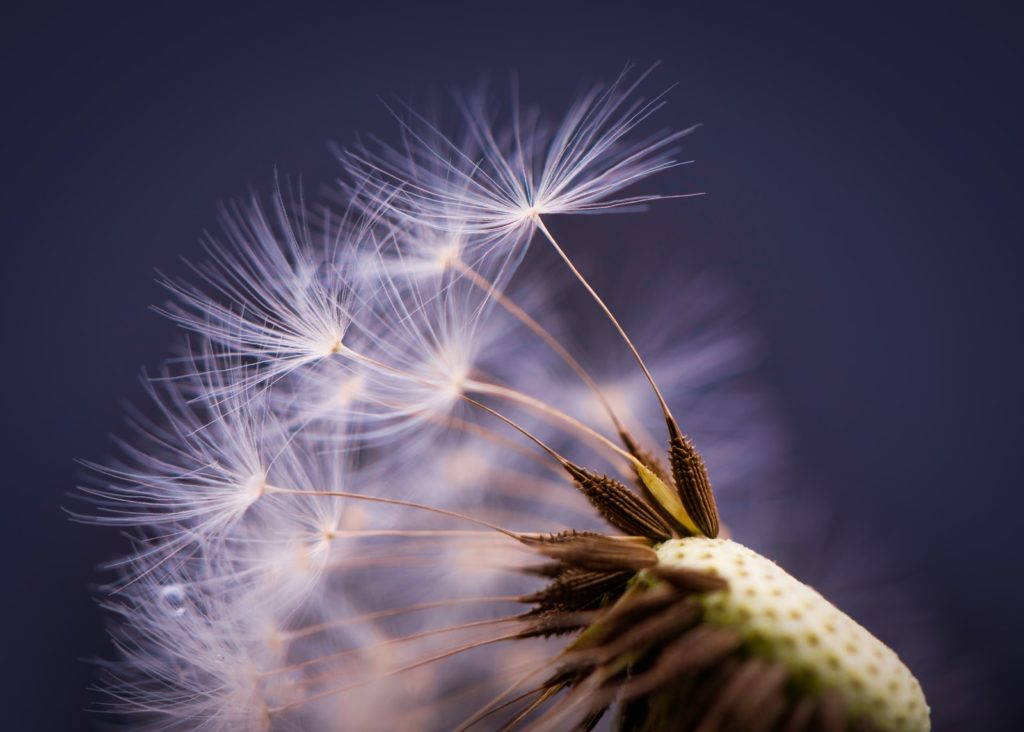
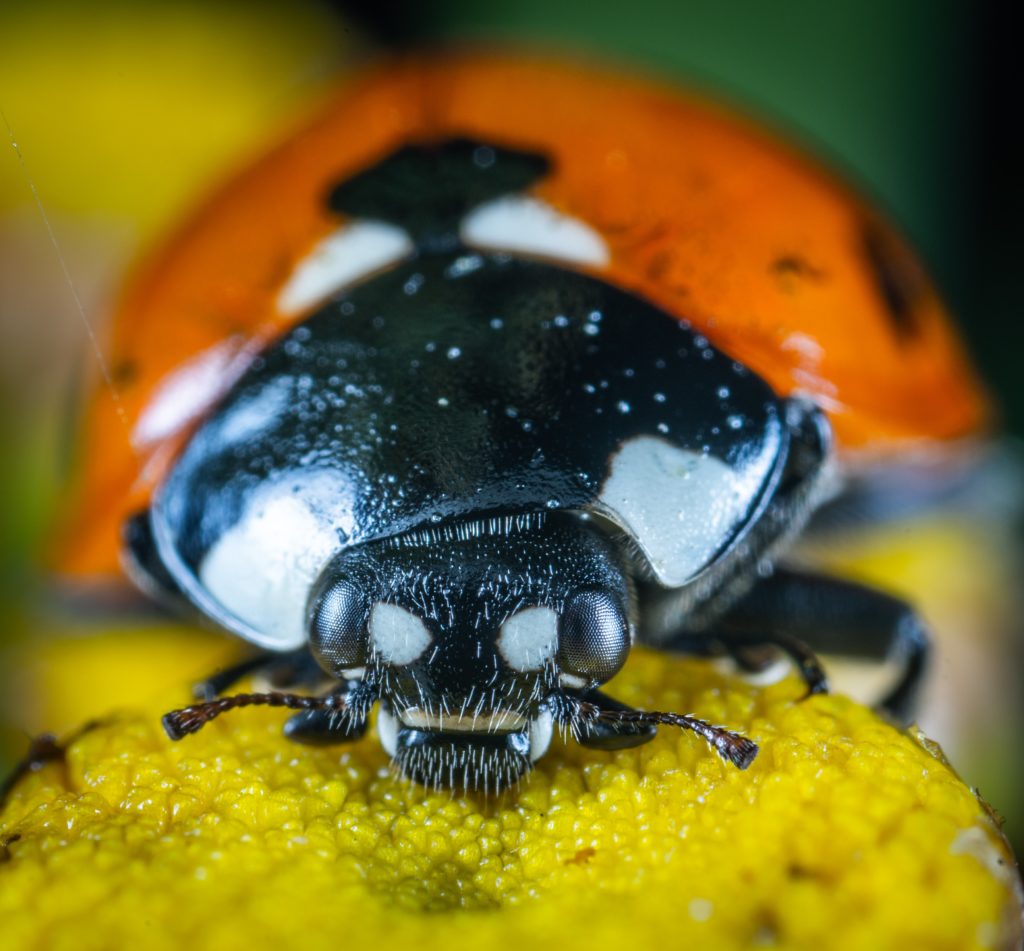
6 Comments
Allthough I did not manage to capture stunning images like these, I was able to take some macro shots of the moth’s on my lavender after nightfall. The main challenge was auto-focus, which did not work being dark. The AF light only irritates the moths, so manual focus, fast responses and some luck are needed. I chose to use flash, because it was too dark to capture the always moving moths without it.
https://farm5.static.flickr.com/4102/4803006742_1b4865b3d8_b.jpg
Here are some moth shots by me – sleeping, dead, decaying, withering.
https://petrocellidesigns.carbonmade.com/projects/2785646
My full portfolio is at:
https://petrocellidesigns.carbonmade.com/
Wow some real great details – I have been doing some close ups of flowers recently but I have a problem with satisfactory dof. Any help appreciated.
Without knowing the specifics of your issue, what aperture are you using? The wider it is, the narrower your DOF will be.
These are not all moths. About 1/3rd of them are actually butterflies or skippers.
Yeah, they’re not all moths. There are grey Hairstreak butterflies, skipper butterflies, snoutnose butterflies, and a couple species I can’t identify mixed in. You can tell by the antennae; Butterflies have smooth or striated antennae with a bulb at the end, Moths have feathery antennae.